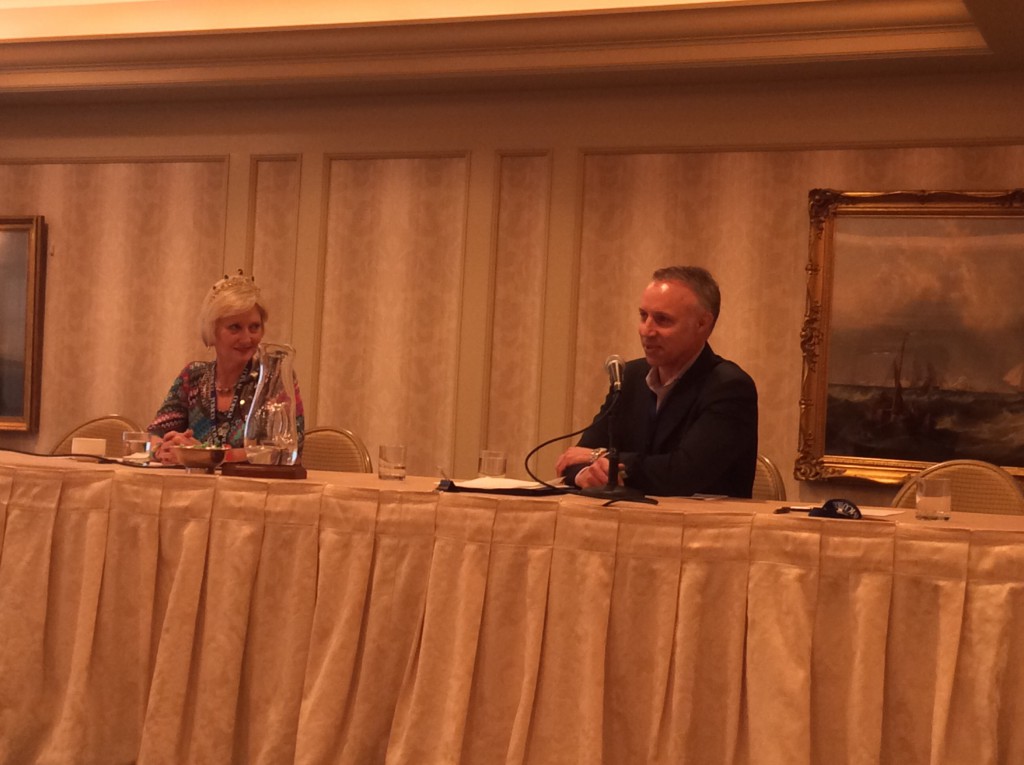You Say SIG, I Say Captive: Self-Insured Work Comp Group Defends Its Turf Against a Group Captive
Although Self-Insured Work Comp Groups (SIGs) have plenty of competition from traditional carriers, the real competition for larger “best-in-class” accounts are group captives. With minimum casualty premiums of only $150,000 for workers’ compensation, general liability and auto, group captives are having record growth that is impacting both SIGs and traditional carriers. A panel at the 2015 SIIA Workers’ Compensation Executive Forum debated the merits of group self-insurance versus group captives. The panelists were:
- Freda Bacon, Fund Administrator, Alabama Self-Insured Workers’ Compensation Fund
- Duke Niedringhaus, Senior Vice President, J.W. Terrill, Inc.
Group Captives Versus Group Self-Insurance
Group Captives:
- One of the biggest differences between these two options is that group captives are always multiple lines, usually including workers’ comp with general liability and auto. Many of these group captives also include property coverage.
- Group captives are growing significantly. In 2012, there was approx $1 billion in premium in this area covering around 3,000 members. In 2015, they had grown to $1.6 billion and over 3,300 members.
- Group captives do not have to be state-specific. They have the authority to write business in any state where their fronting carrier is licensed.
- Group captives have more vast coverage options available in the marketplace. They also have not only specific, but aggregate, coverage.
- Group captives have minimum premiums, with the fronting carriers typically requiring a minimum of $150,000 premium across all lines.
- Group captives do not have joint-and-several liability, which is something that SIGs face.
- Group captive members have to post funds for capitalization or collateral when they join the captive.
- Group captive members face exposure if their fronting carrier becomes insolvent. Reliance, Kemper and Legion were all major writers of captive business who became insolvent.
Group Self-Insurance:
- Alabama, where Freda is from, is a unique state in that approximately 65% of the total workers’ compensation marketplace in the state is written by group self-insured groups. There has never been a SIG insolvency in Alabama, but there also has not been a new SIG in over 20 years. They play a key role in the Alabama workers’ compensation system. SIGs there are for workers‘ compensation only.
- SIGs have struggled in certain states. New York has essentially eliminated group self-insurance because so many of the groups became insolvent. Nationwide, the SIG marketplace has been shrinking with many shutting down due to solvency issues or changes to the marketplace that made them no longer competitive.
- Since SIGs are established and regulated by individual states, obtaining coverage for members’ out-of-state workers’ compensation coverage is a challenge and must be obtained from other sources as the SIG itself cannot provide the out-of-state coverage.
- There are limited reinsurance options in the SIG marketplace and obtaining aggregate coverage is very difficult.
- SIGs traditionally have lower cost structures than group captives. The group captives are not only paying administrative costs, but they also have to pay fronting fees to the carrier for the captive.
- SIGs are based on homogeneous exposures with all members existing in the same industry group.
- Joint-and-several liability has created much concern and confusion among SIG members.
- New members of SIGs do not have to post funds for capitalization or collateral. Their only costs are the costs of the premiums.
- Smaller employers whose premiums are too small to access group captives can access SIGs.


